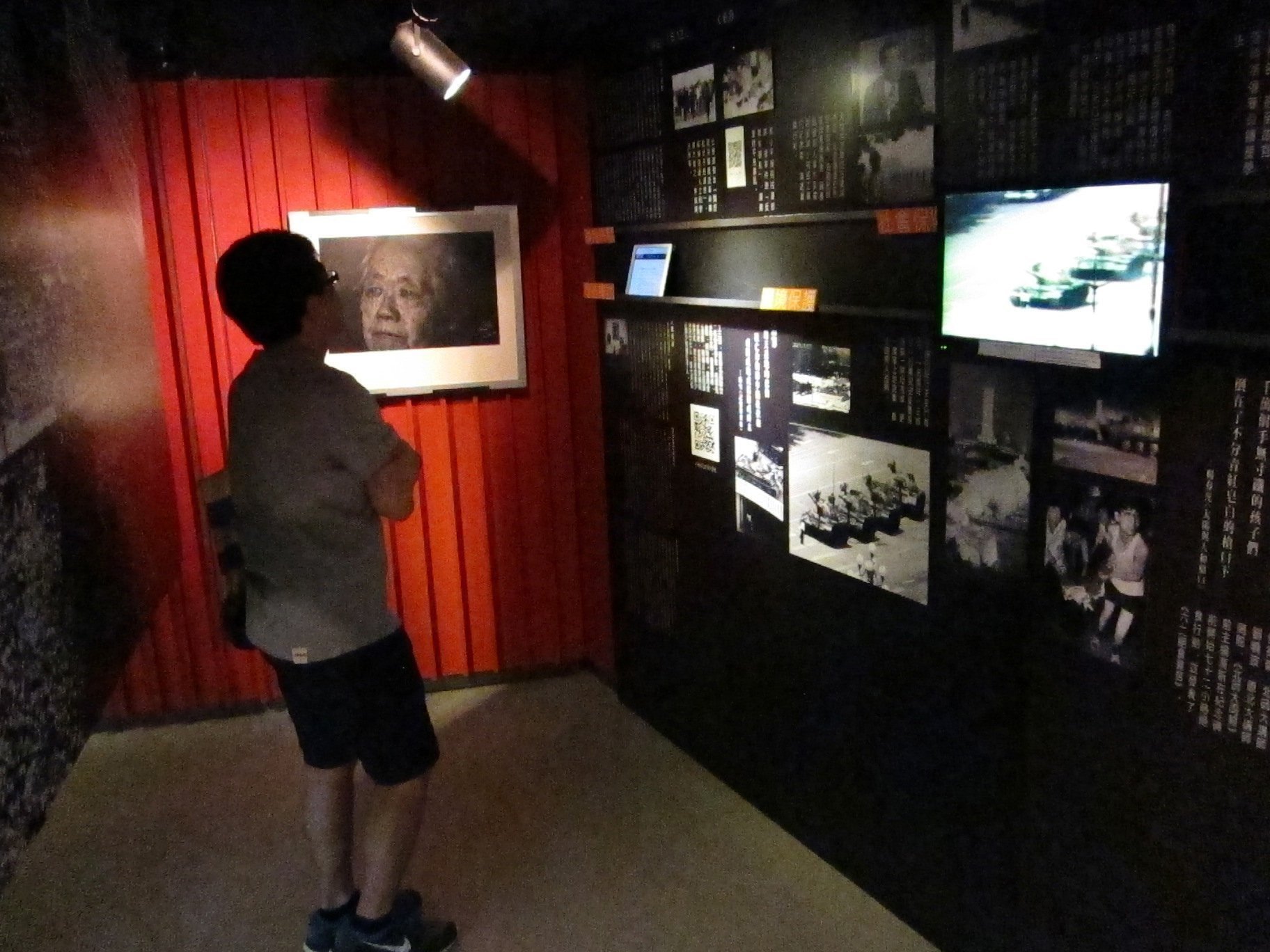
More often than not, monuments to tragedy are epic structures — consider the U.S. Holocaust Memorial Museum, stretching out over a quarter million square feet, or the stark, sprawling Sept. 11 memorial in New York City — but the world’s only museum dedicated to the Tiananmen Square massacre of 1989 is the size of a small apartment. It is tucked into the fifth floor of an older building deep in the neon chaos of Hong Kong’s Tsim Sha Tsui district.
Location is everything, of course, and in this case it’s better to zoom out. Hong Kong is China’s freest city, politically and culturally so disparate from the mainland that its people are reluctant to even describe themselves as Chinese. Unlike those north of the border, Hong Kongers can freely Google “Tiananmen Square protests” and learn the stark truth: that, in the muggy summer of 1989, tens of thousands of mainland Chinese students assembled in the Beijing square to demand democratic reforms, and that Chinese troops murdered as many as 3,000 of them. The June 4 Memorial Hall, as the museum is called, operates in Hong Kong because it is the only Chinese city where it can.
The museum is run by the Hong Kong Alliance of Support of Patriotic Democratic Movements in China, an advocacy group established two weeks before the Tiananmen Square massacre, and on Thursday, its leaders announced that the museum would close its doors by the end of the year. The museum has been struggling to combat a lawsuit waged by the corporation that owns the building — an attack that appears to be political in its motivations, according to Albert Ho, a Hong Kong lawmaker and the group’s convener.
“[The owner] is very resourceful, financially, and he seems prepared to use all his funds to pressure us to leave the premises,” Ho said in the museum’s cramped central meeting area on Friday. He noted that it was the 27th anniversary of the death of Hu Yaobang, former chairman of the Communist Party of China, who had faced persecution in the party’s ranks for his support of free speech in the country. It was his passing in 1989 that precipitated the protests that escalated into the bloody clashes of June 4.
Ho went on to say that the museum would be shutting its doors at the current location within a matter of months, and that his group had launched a crowdfunding campaign to secure a new location. “They are targeting us, but we have assured the people that we will have a new museum. We are the only place in China — and in the world — that commemorates these events.”
The museum opened its doors two years ago, around the time of the 25th anniversary of the Tiananmen Square protests — an event commemorated in Hong Kong (and nowhere else in China) at the lush expanse of Victoria Park, where tens of thousands of people raised candles against the summer dusk to remember the students who died a quarter-century earlier.
By its owners’ estimations, the museum has welcomed about 20,000 visitors since it opened. In its first year, Ho said, most of them had been tourists from communist China, thirsty for information deemed illegal at home. For mainlanders, Hong Kong has long been this sort of playground of sedition. The five Hong Kong booksellers who disappeared at the end of 2015 had made a name for themselves peddling salacious books on subjects like the sex lives of mainland politicians, targeting the prurient interests of tourists from across the border. The booksellers later turned up in the custody of Chinese authorities.
Ho believes that the museum has been subject to similar methods of intimidation. Museum traffic from the mainland has fallen in recent months, he said, because the building’s security officials have started hectoring visitors for personal information before allowing them to enter the elevator.
“A lot of mainland visitors have been inhibited from coming, because they don’t want themselves to be identified,” Ho said. “I think these people are terrified.”
Ho and his colleagues, however, are wary but undeterred. They hope the crowdfunding drive will allow them to move to a larger space — “one that fits more than 12 people,” Ho quipped — in time for next year’s anniversary of the Tiananmen massacre.
“It’s an important event to commemorate,” a 35-year-old staffer at the museum, who identified himself only as Johnny, said. “But it’s also a symbol to show that Hong Kong still has a free voice.”
More Must-Reads from TIME
- Donald Trump Is TIME's 2024 Person of the Year
- Why We Chose Trump as Person of the Year
- Is Intermittent Fasting Good or Bad for You?
- The 100 Must-Read Books of 2024
- The 20 Best Christmas TV Episodes
- Column: If Optimism Feels Ridiculous Now, Try Hope
- The Future of Climate Action Is Trade Policy
- Merle Bombardieri Is Helping People Make the Baby Decision
Contact us at letters@time.com